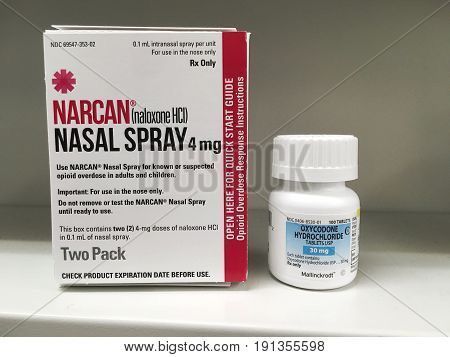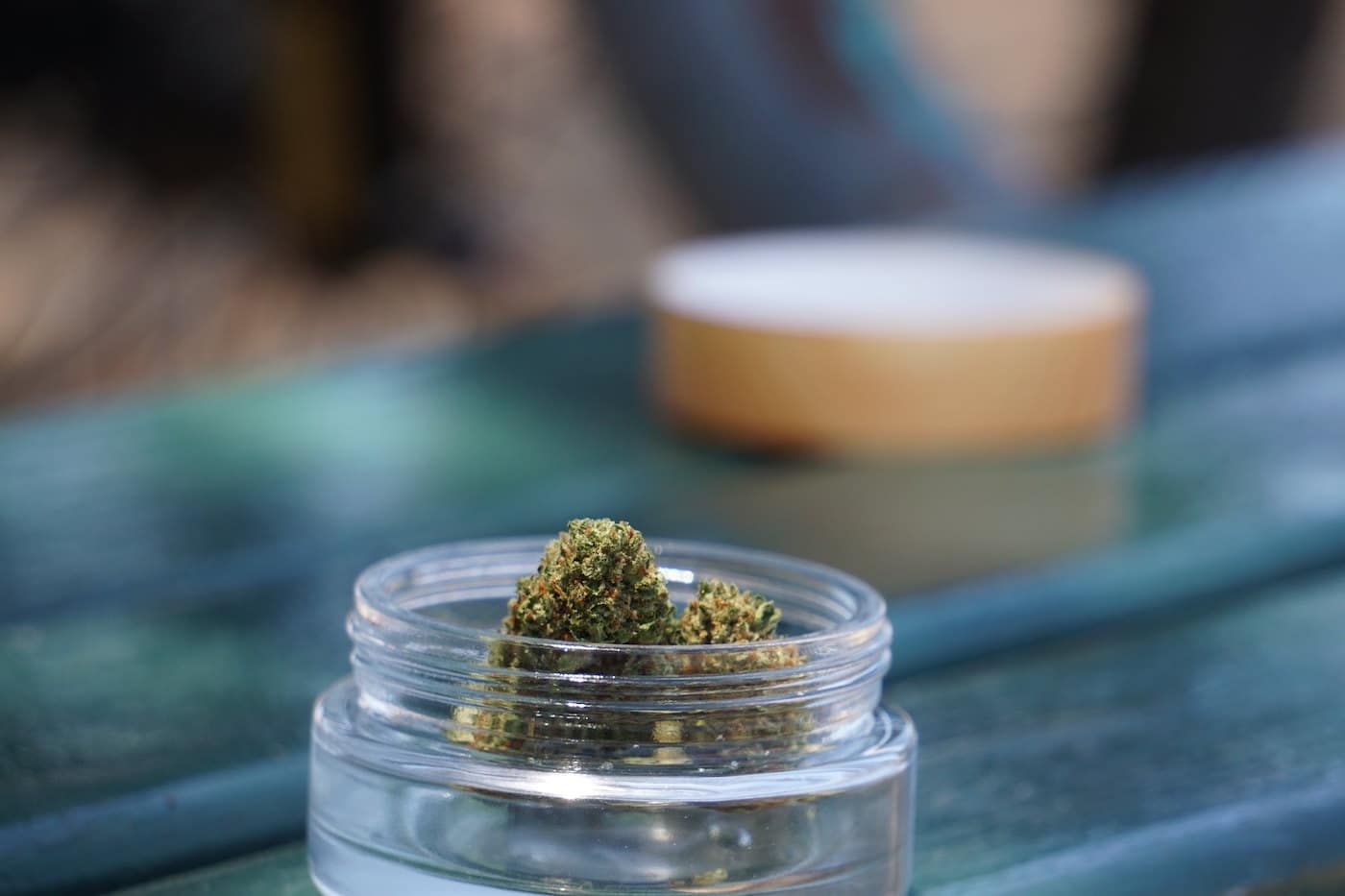Thankfully, 24 states plus the District of Columbia
now have naloxone access laws that will make it easier for medical professionals to prescribe and dispense naloxone. These laws will be most effective when naloxone can get into the hands of more people who will be in the position to administer it. Unfortunately, however, naloxone access laws vary widely from state to state.
Some states do allow naloxone to be legally distributed through community programs, health departments, hospitals and other institutions, as well as to lay people who administer it. But not all jurisdictions allow prescribers and those administering it protection from criminal or civil liability, meaning that the laws do not protect them from being sued if problems develop with its use. Such legal gray areas force naloxone distribution programs underground in certain areas of the country.
Allowing doctors to write “standing orders” —an open prescription given to someone likely to witness an overdose in the future, allowing him or her to use naloxone as needed—would obviously allow greater use in emergencies. And making naloxone available over-the-counter
would remove barriers and harms associated with underground distribution, level the disparity in access between states, and put naloxone in more medicine cabinets.
More effective laws need to also include third party prescribing, which allows a doctor to prescribe it to a person not at risk for overdose but who is a caregiver to someone at risk. Medical prescribers should be educated about the need to also write a naloxone prescription for patients taking large doses of prescription opioids for chronic pain because it adds another level of safety for such patients.
A hopeful sign that compassion and commonsense are winning out is the bold step taken by Rhode Island, creating the ability for Walgreens pharmacies in the state to sell naloxone to anyone walking into their stores requesting it.




